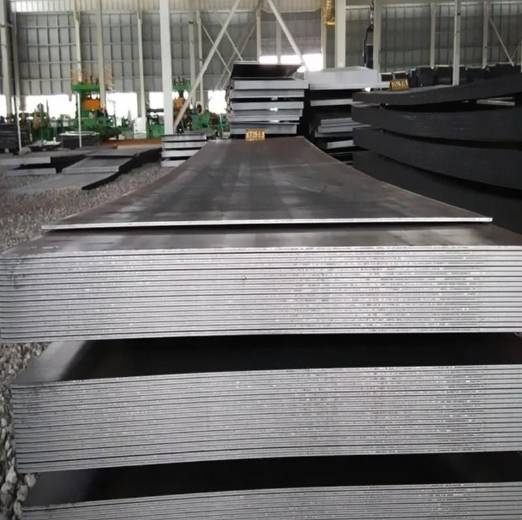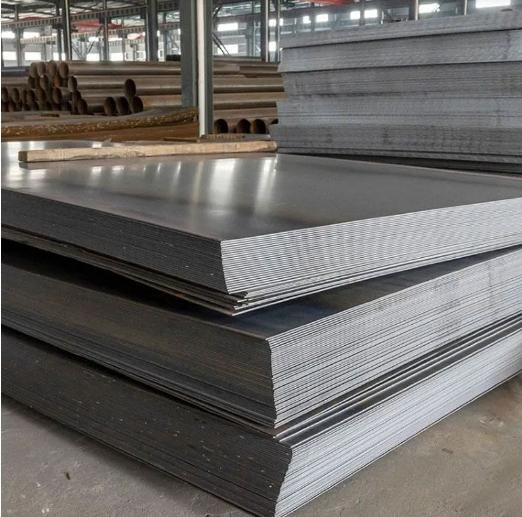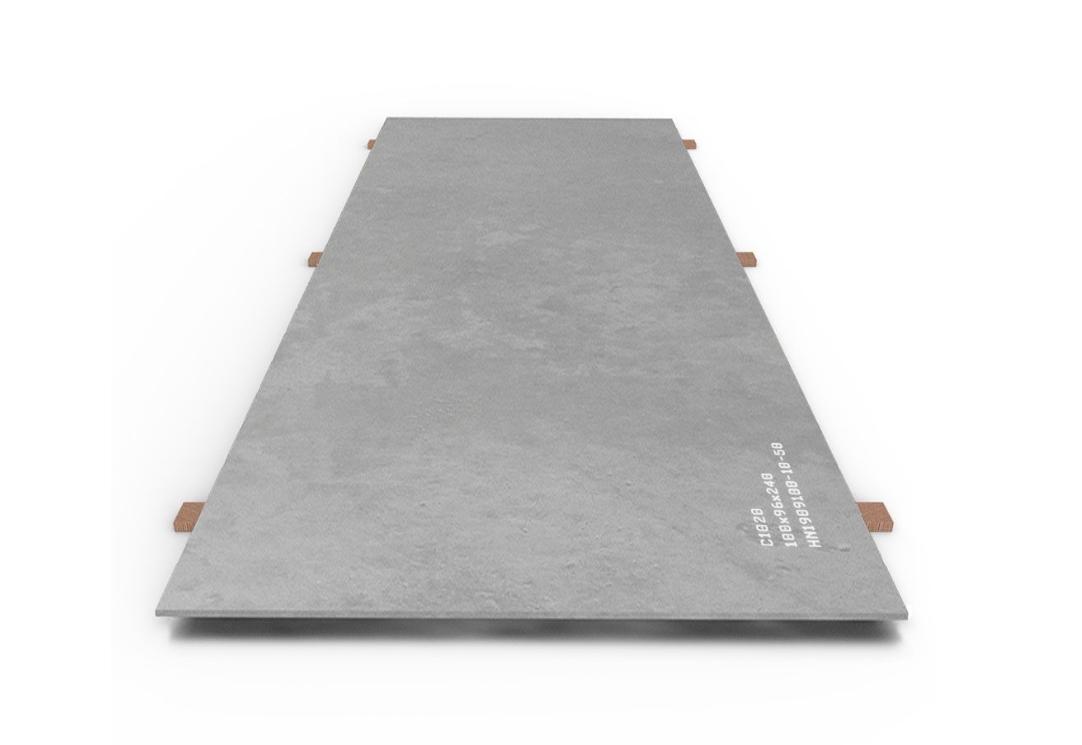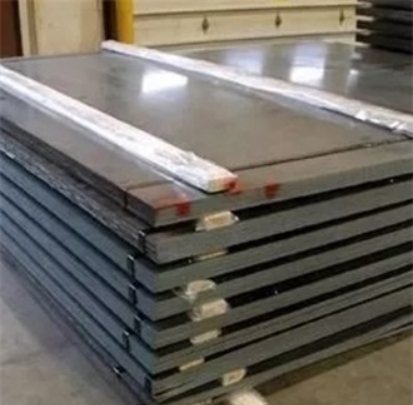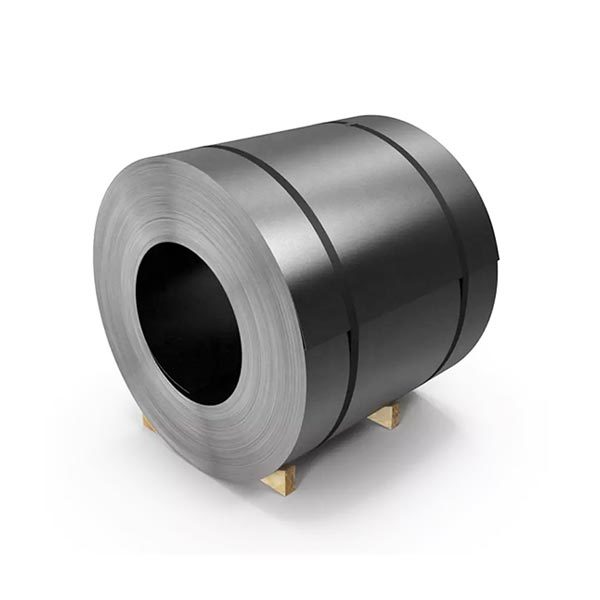Why 1025 Carbon Steel Plates Are Industrial Workhorses
The global demand for 1025 carbon steel plates grew 6.8% in 2024 (Steel Market Digest, 2025). But here’s the shocker: 38% of buyers receive plates with inconsistent carbon content or improper normalization. Let’s fix that.
⚠️ Warning: Suppliers skipping full normalization often deliver plates with 15-20% hardness variation – enough to ruin your heat treatment schedule.
3 Hidden Dangers in 1025 Plate Purchases
1. Carbon Content Roulette
True 1025 carbon steel plates must contain 0.22-0.28% carbon. Last year, I received “1025” plates testing at 0.18% carbon (essentially 1018 steel). Demand:
- Spark Spectrometer Tests (0.25% ±0.02% ideal)
- Full MTR Traceability (with melt furnace logs)
2. Fake Normalization
Unnormalized plates develop stress cracks during machining. Verify:
- Microstructure Photos (showing fine pearlite)
- Normalization Oven Logs (≥1650°F for 2+ hours)
3. Thickness Shorting
“1/4″ plates often measure just 0.235”. Premium mills guarantee:
- Laser-Calibrated Cutting (±0.003″ tolerance)
- 5-Point Thickness Checks (center + corners)
Supplier Showdown: Budget vs Premium Mills
FactorMill XMill YPrice/ton$1,150$1,290Lead Time50 days15 daysCarbon Control±0.05%±0.02%NormalizationOptionalTriple-CertifiedMTR AccessPDF OnlyBlockchain Tracking
Pro Tip: Mill Y’s normalized 1025 carbon steel plates reduced our heat treatment rejects by 63% on gear blanks.
5-Step Protocol for Flawless 1025 Plate Orders
- Chemistry Verification: Demand spectrometer tests
- Microstructure Check: Request SEM images
- Hardness Mapping: 9-point Rockwell testing
- Stress Test: Cut sample and measure warpage
- Coating Audit: VCI film or galvanized options
⚠️ Myth Buster: “Cold-rolled is always better” is false. Hot-rolled 1025 plates often have superior machinability when properly normalized.
Case Study: How a Forge Doubled Die Life
A Michigan manufacturer extended die lifespan by:
- Switching to triple-normalized 1025 carbon steel plates
- Implementing AI hardness mapping (98% consistency)
- Adopting digital MTRs (QC time down 82%)
The Ugly Truth About Discount 1025 Steel
A 2025 study found 31% of “certified” 1025 plates failed chemical analysis (Metallurgical Testing Quarterly). Watch for:
- Blended Melts: Mixing 1025 with 1018 steel
- Ghost Normalization: Fake oven certificates
- Thickness Fraud: 0.248″ sold as 0.250″
Checklist for Perfect 1025 Carbon Steel Plate Orders
✅ Verify carbon content (0.22-0.28% via spectrometer)
✅ Confirm normalization (oven logs + microstructure)
✅ Measure thickness at 5+ points
✅ Test machinability with sample cuts
✅ Negotiate 2% overage for grinding allowance
Future Trends in Medium Carbon Steel
By 2027, 52% of mills will use AI-driven normalization (SteelTech Forecast). Emerging tech:
- Smart Tags: Real-time hardness monitoring
- Graphene Coatings: 12x corrosion resistance
Pro Insight: We tested AI-normalized 1025 carbon steel plates last quarter. Tool life improved by 41%.


